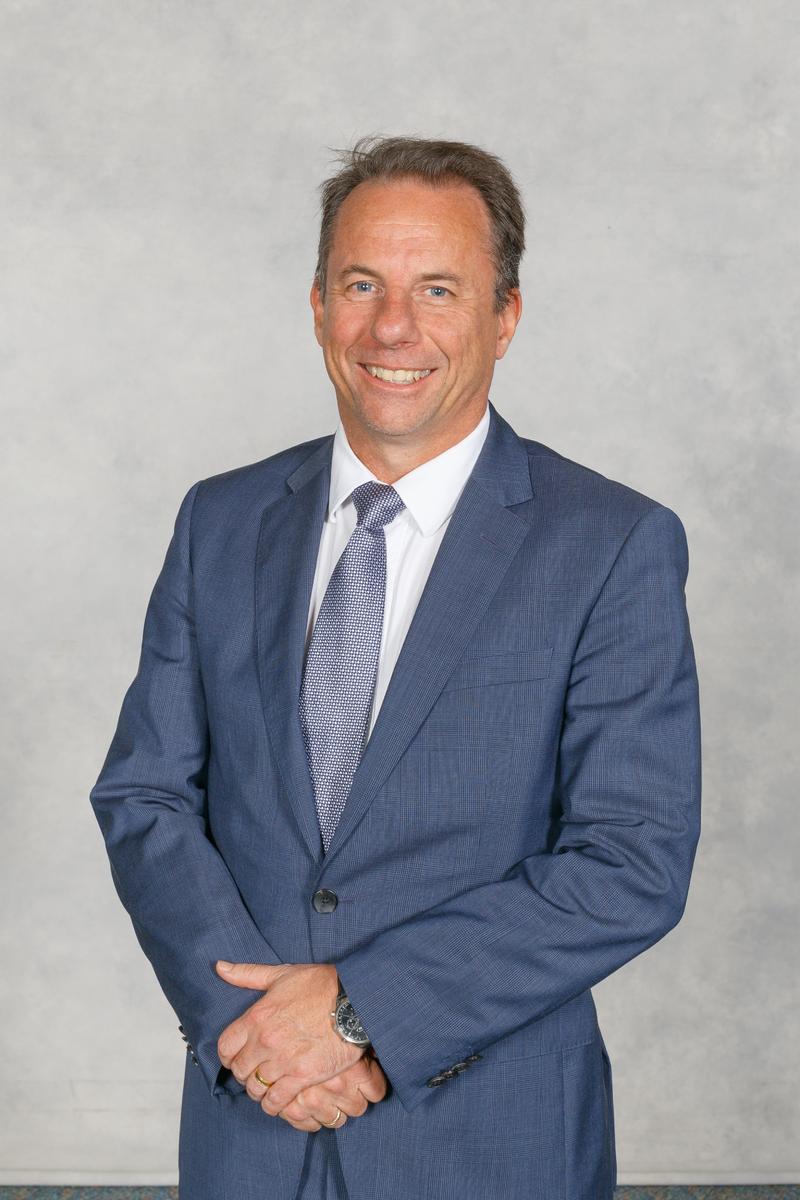From the Principal

As students walk up the drive in the morning I often ask if they have anything special on today. The responses vary, but most often include a highlight like ‘double PE’ or ‘going on an excursion’. This week, NAPLAN testing featured prominently from some students but was shared without the usual enthusiasm.
Over the course of the previous fortnight, the media has been awash with extensive coverage of the shifting political landscape between the US and Europe, particularly in relation to potential ongoing support of Ukraine; the ready access to footage of the obvious tension between the leaders of the countries in question has not been lost on many of our students either. More recently, and closer to home, cyclone damage on our east coast has also featured. Such easy access to what many find distressing can make war and natural disaster seem less distant, prompting the inevitable questions at home and school about what is unfolding: Where is that? Why is this happening? Could this happen here?
Instead of solely dwelling on the negativity when faced with exposure to such hardship, important for growing minds is the counterbalance of demonstrations of courage, determination and hope. It is a time to talk, to reach for help, to look for examples of trust and strength from those they respect and love. It is a time to be hopeful.
So where are the stories of hope? After all, hope, as we know, springs eternal and in this Jubilee Year, we are called by Pope Francis to be Pilgrims of Hope.
There are many examples of course. We could start with the many young Ukrainians who still believe in a brighter future by operating schools in bomb shelters, the children painting murals of peace, or even the young musicians playing concerts in defiance. We could consider the more obvious examples of doctors and medical staff determined to save lives, or the less obvious examples of IT professionals, instrumental in maintaining global communication lines, keeping Ukrainians informed and connected.
Closer to home, we could consider neighbours helping neighbours with sandbagging to reduce the impact of east coast flooding and emergency services, including exceptionally generous volunteers, rallying to support those in need.
They are all powerful images of hope. Images that our students benefit from seeing and discussing. Images of real humanity. Images that help to answer Pope Francis’ Lenten question: ‘Do I concretely experience the hope that enables me to interpret the events of history and inspires in me a commitment to justice and fraternity, to care for our common home and in such a way that no one feels excluded?’ Hope does spring eternal, it is just that perhaps there are times when we need to be a little more purposeful in our search for it (even during NAPLAN testing).
Daniel Mahon
Principal

